Orioles, with their brilliant orange and black plumage, are among North America’s most beloved migratory birds. These musical visitors bring color and melody to our gardens each spring, captivating backyard enthusiasts nationwide. While many bird lovers eagerly hang out feeders to attract these vibrant creatures, few understand the nuances of properly feeding orioles without inadvertently causing harm. Beyond the common knowledge of offering orange halves and sugar water, there exists a wealth of lesser-known information about oriole feeding habits, preferences, and potential hazards that could significantly impact their health. In this comprehensive guide, we’ll explore surprising facts about safely feeding orioles that could transform your approach to attracting and nurturing these spectacular birds during their seasonal visits.
Orioles Need More Than Just Sugar Water
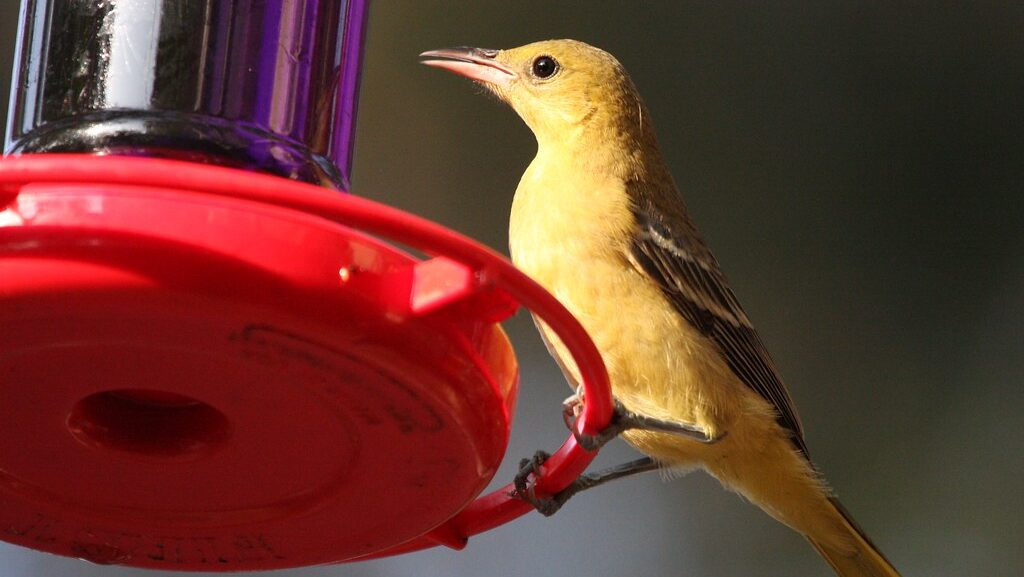
While sugar water feeders are the most popular way to attract orioles, these birds require a more diverse diet for optimal health. In their natural habitat, orioles consume a protein-rich diet consisting primarily of insects, especially during breeding season when they need extra nutrients. Offering mealworms alongside traditional sugar water and fruit options provides essential proteins that support their overall health and reproductive success. Many backyard birders are surprised to learn that orioles will eagerly consume grape jelly, but this should only be offered as an occasional treat rather than a dietary staple. A balanced feeding station that mimics their natural foraging patterns will not only attract more orioles but will support their biological needs throughout their stay in your area.
The Hidden Dangers of Food Coloring
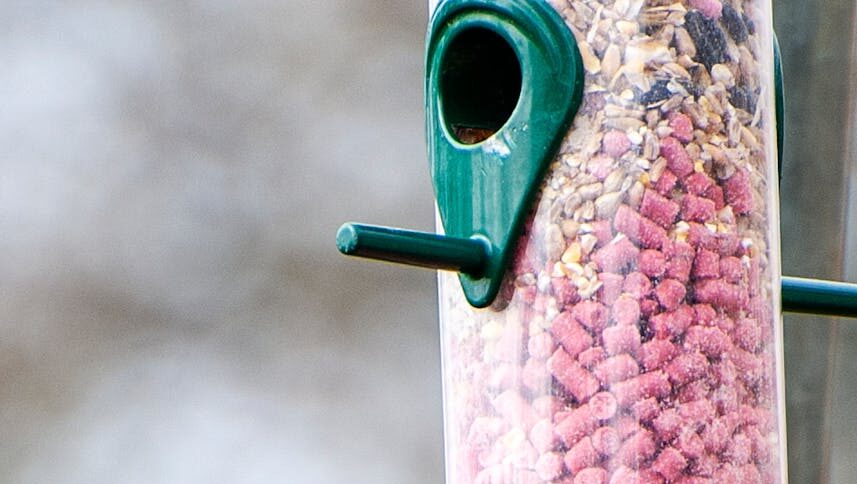
Many commercial oriole nectars and homemade recipes recommend adding orange or red food coloring to make the sugar solution more attractive to orioles. However, scientific research suggests that artificial dyes may be harmful to birds, potentially causing serious health issues including liver and kidney damage over time. Orioles are naturally attracted to the color orange in their environment, which is why orange feeders work well without needing to color the nectar itself. The birds will find clear sugar water in an orange-colored feeder just as appealing as colored water, making food dyes completely unnecessary and potentially dangerous. If you’re currently using colored nectar, consider gradually transitioning to a clear solution to protect the health of your feathered visitors.
Fermentation: A Silent Killer
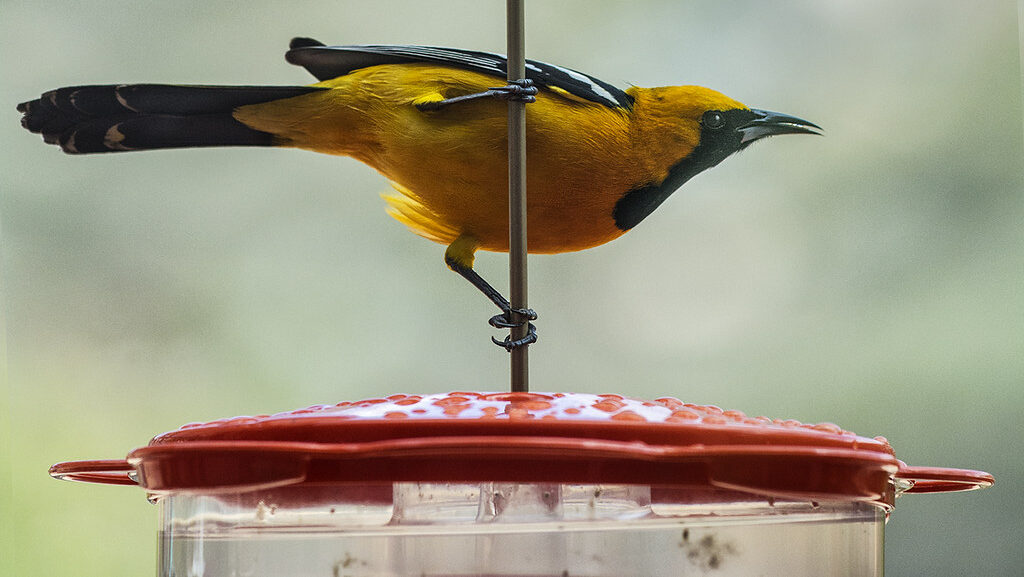
One of the most overlooked hazards in oriole feeding is the risk of fermentation in sugar water and fruit offerings, especially during warm weather. Sugar water can begin fermenting within 24-48 hours in hot conditions, producing alcohol that can be toxic to birds. This fermentation process often occurs before visible mold appears, making it a particularly insidious threat to oriole health. Even small amounts of fermented sugar water can cause liver damage and neurological issues in birds, potentially leading to disorientation, difficulty flying, and increased vulnerability to predators. During hot summer months, feeders should be cleaned and refilled every 1-2 days, regardless of whether they appear dirty, to prevent this dangerous fermentation process.
The Correct Sugar Ratio Is Critical

Many bird enthusiasts unknowingly offer orioles sugar water that is either too concentrated or too diluted, both of which can cause health problems. The scientifically recommended ratio is 1 part white granulated sugar to 4 parts water, which closely mimics the natural nectar concentration found in flowers that orioles visit. Solutions that are too concentrated (such as the 1:3 or 1:2 ratios sometimes recommended) can cause dehydration and kidney problems because birds must expend more water to process the excess sugar. Conversely, overly diluted solutions don’t provide enough energy, potentially leaving orioles nutritionally deficient during high-energy periods like migration and breeding. It’s worth noting that brown sugar, honey, artificial sweeteners, and other sugar substitutes should never be used as they contain compounds that can be harmful or even fatal to orioles.
The Overlooked Importance of Water Features
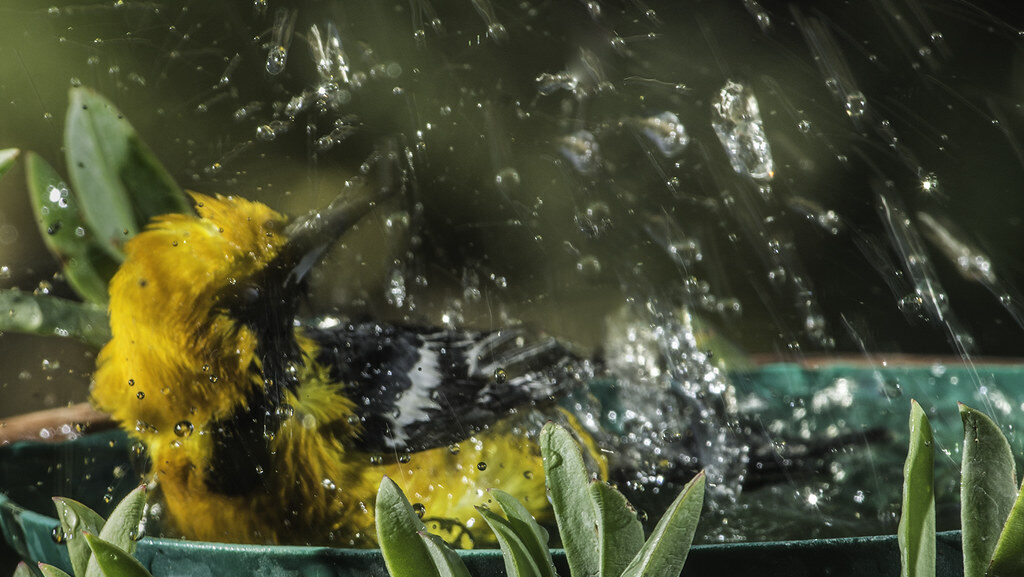
While most oriole enthusiasts focus exclusively on food offerings, providing a clean water source can be equally important for attracting and supporting these colorful birds. Orioles particularly enjoy moving water features like drippers, misters, or small fountains that create motion and sound. These features not only provide essential hydration but also allow orioles to bathe, which is crucial for maintaining healthy feathers and thermoregulation. Interestingly, orioles often prefer shallow water sources with gradual edges rather than deep bird baths, mimicking the natural puddles and stream edges they use in the wild. Adding a reliable water feature near your oriole feeders can dramatically increase visitation rates and support the birds’ overall health, especially during hot, dry periods.
Pesticides: The Invisible Threat
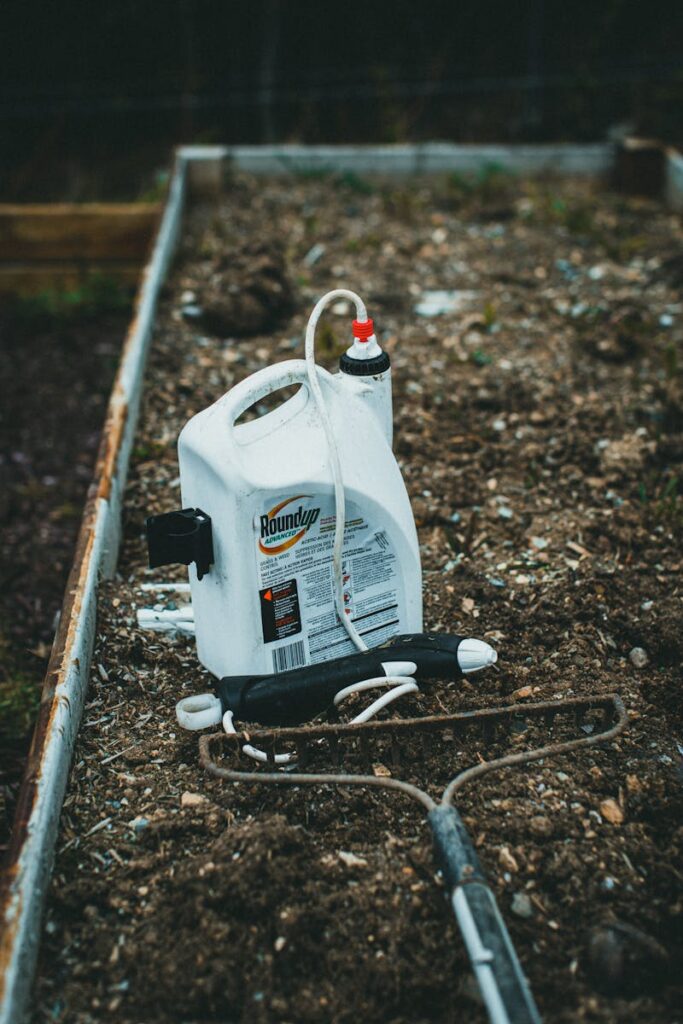
Many gardeners who attract orioles with feeders unknowingly harm them by using pesticides elsewhere in their yards. Orioles consume large quantities of insects as part of their natural diet, and ingesting insects that have been exposed to pesticides can cause severe health problems or death. Even systemic pesticides used on flowers and trees can contaminate nectar and fruit that orioles consume. Research has shown that even sublethal doses of common garden pesticides can impair birds’ neurological functions, affecting their ability to migrate accurately and recognize predators. Creating a pesticide-free zone at least within a 50-foot radius of your oriole feeding station is essential for truly supporting the health of these beautiful migrants.
The Perfect Timing for Feeder Placement
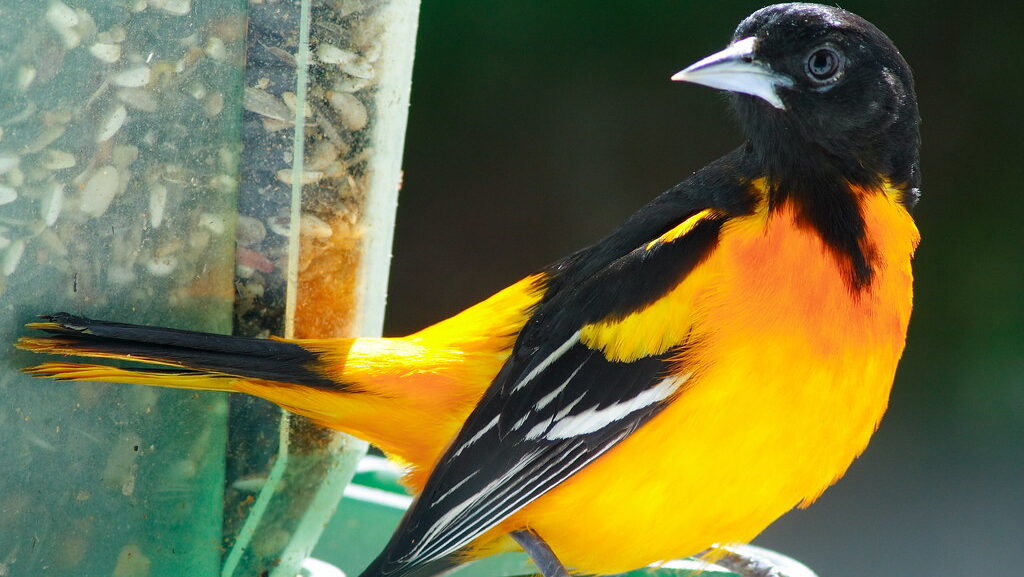
Timing is everything when it comes to successfully attracting orioles to your yard. Most oriole species establish their feeding patterns within the first few weeks of arriving in their breeding grounds, making early feeder placement crucial. Ornithologists recommend setting up oriole feeders 1-2 weeks before the typical first arrival date in your region, which can be as early as late March in southern states and mid-April in northern regions. Once orioles establish feeding territories, they’re remarkably loyal to reliable food sources and will often return to the same locations year after year. Interestingly, if you miss this initial window, it can be significantly more difficult to attract orioles later in the season as they’ve already established their feeding circuits and may bypass new feeding stations.
Different Oriole Species Have Different Preferences
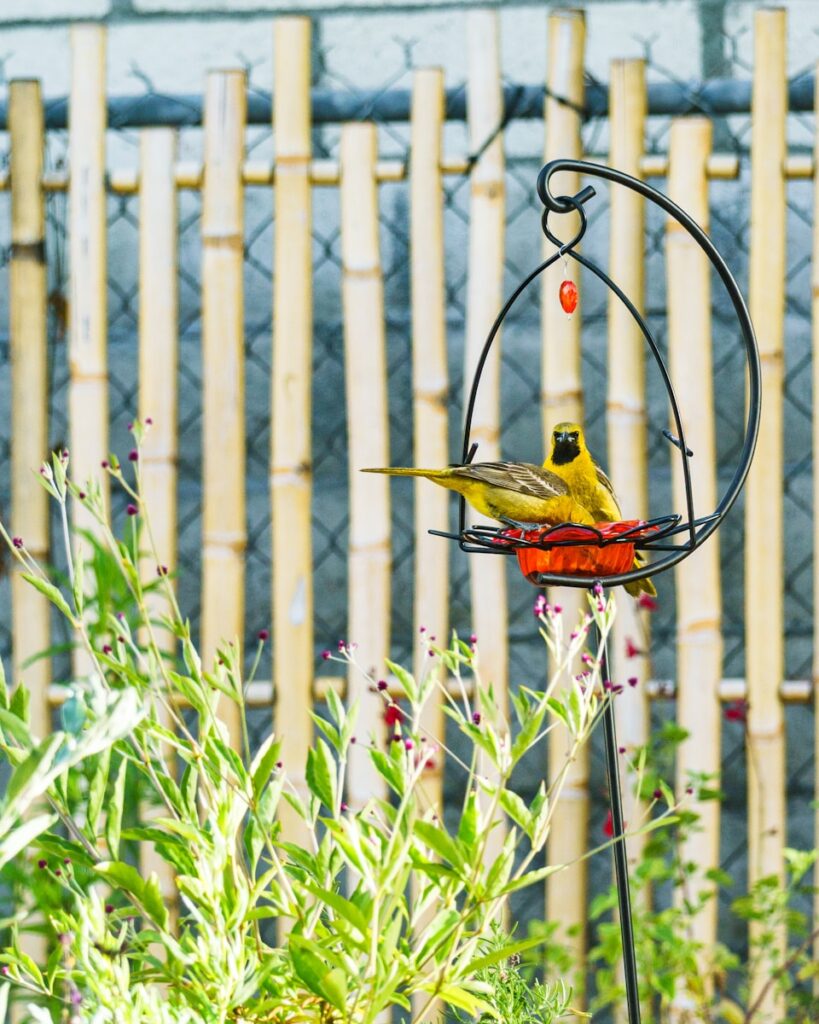
North America is home to several oriole species, including Baltimore, Bullock’s, Orchard, Hooded, and Scott’s orioles, each with slightly different feeding preferences and behaviors. Baltimore Orioles, found primarily in eastern regions, show a strong preference for darker fruits and grape jelly, while Bullock’s Orioles in western states often favor lighter colored fruits and are more likely to take insects from feeders. Orchard Orioles, the smallest North American oriole species, generally prefer natural nectar sources but can be attracted with specially designed feeders with smaller ports. Scott’s Orioles, found in the Southwest, are particularly attracted to nectar feeders placed near yucca plants, which they naturally associate with food sources in their desert habitat. Researching which oriole species visit your region and tailoring your offerings accordingly can significantly increase your success in attracting and supporting these birds.
The Surprising Truth About Grape Jelly
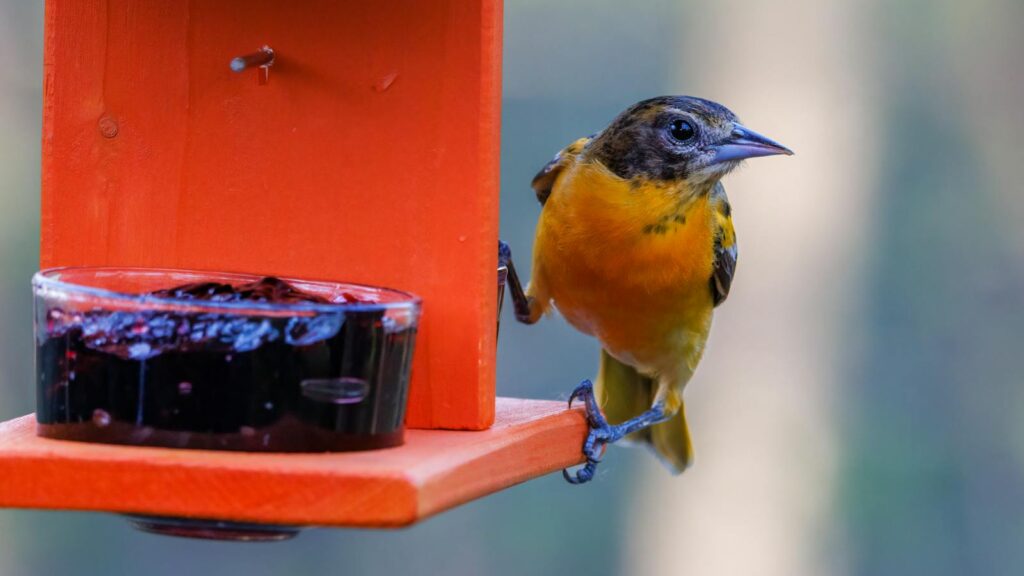
Grape jelly has become a popular offering for orioles, but there’s more to this sticky treat than most bird enthusiasts realize. While orioles do have a natural affinity for dark fruits like mulberries and blackberries, which grape jelly somewhat mimics, commercial jellies contain high amounts of sugar and preservatives that aren’t found in their natural diet. Offering grape jelly in unlimited quantities can lead to nutritional imbalances and potential health issues, particularly in nestlings if parent birds feed their young primarily with this sugary substance. Ornithologists recommend limiting jelly offerings to no more than a tablespoon per day per feeding station and using only 100% fruit spreads without high fructose corn syrup when possible. For a healthier alternative, consider offering small amounts of mashed fresh berries, which provide similar appeal with more natural nutrition.
Feeder Cleanliness: Beyond Aesthetics
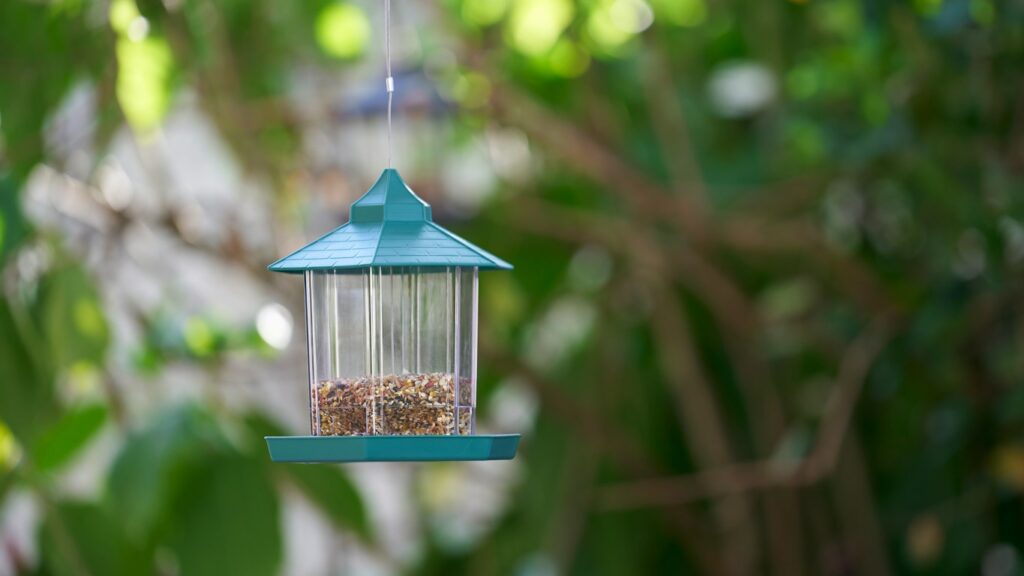
The importance of keeping oriole feeders clean goes far beyond simple aesthetics or preventing feeder clogging. Dirty feeders can harbor harmful bacteria, fungi, and viruses that can spread devastating diseases throughout oriole populations. One particularly concerning condition is avian salmonellosis, which spreads rapidly at feeding stations and can cause widespread mortality in oriole communities. Experts recommend a cleaning schedule of every 2-3 days for nectar feeders during hot weather, using a solution of one part white vinegar to four parts water, followed by thorough rinsing. It’s also crucial to allow feeders to dry completely before refilling, as damp environments promote bacterial growth even after cleaning. Implementing a rotation system with multiple feeders allows thorough cleaning of one set while keeping others available for hungry orioles.
The Impact of Feeder Placement on Oriole Safety
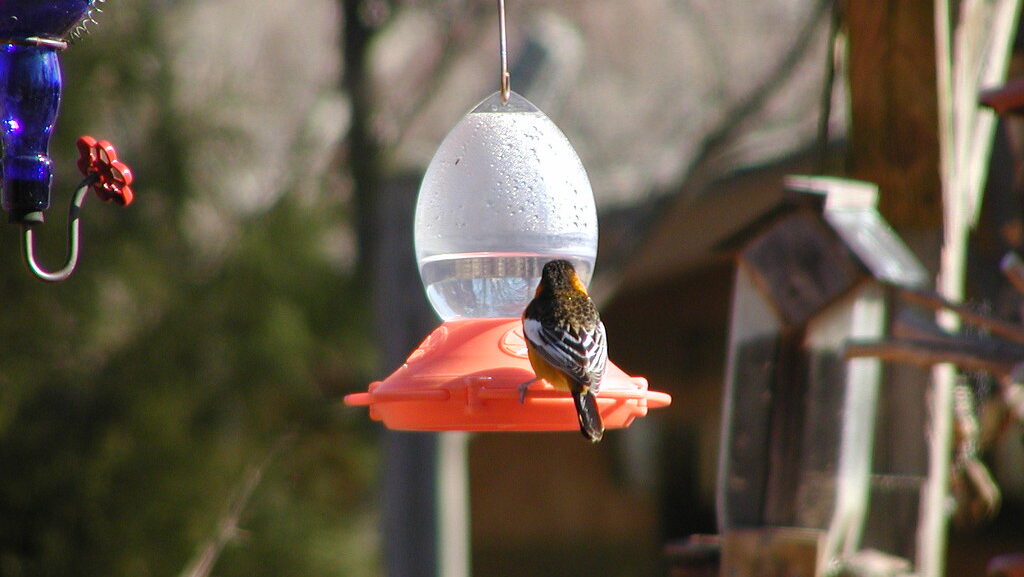
The location of oriole feeders can significantly impact bird safety, yet this factor is often overlooked by well-meaning enthusiasts. Feeders placed too close to windows pose a serious collision risk, causing thousands of oriole fatalities annually. Research indicates that feeders should either be placed less than three feet from windows, which prevents birds from gaining enough momentum to injure themselves if they fly toward the glass, or more than 30 feet away. Additionally, orioles are vulnerable to predation while feeding, particularly from cats and hawks, making placement away from shrubs and trees where predators can hide essential. However, orioles also need quick access to protective cover, creating a delicate balance between exposure and protection. The optimal arrangement includes feeders in open areas with clear flight paths but within 10-15 feet of protective shrubs or trees where birds can quickly retreat if threatened.
Supporting Orioles Beyond Your Backyard
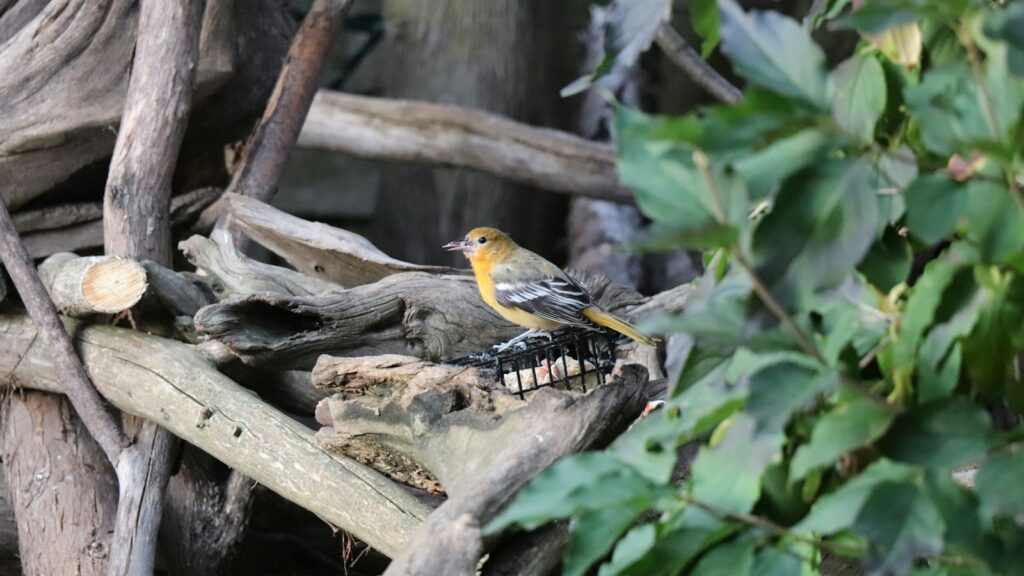
True oriole conservation extends beyond your feeding station and requires a broader ecological understanding. Orioles face significant threats throughout their annual cycle, including habitat loss in both their breeding grounds and tropical wintering areas. Supporting bird-friendly coffee and sustainable agriculture can help protect their wintering habitats in Central and South America, where many oriole species spend the majority of the year. Additionally, advocating for native plantings in your community creates sustainable natural feeding opportunities beyond artificial feeders. Citizen science projects like eBird and the Oriole Count allow you to contribute valuable data about oriole populations that scientists use to track migration patterns and population trends. By participating in these broader conservation efforts, you’re helping ensure orioles will continue their spectacular migrations for generations to come.
Conclusion
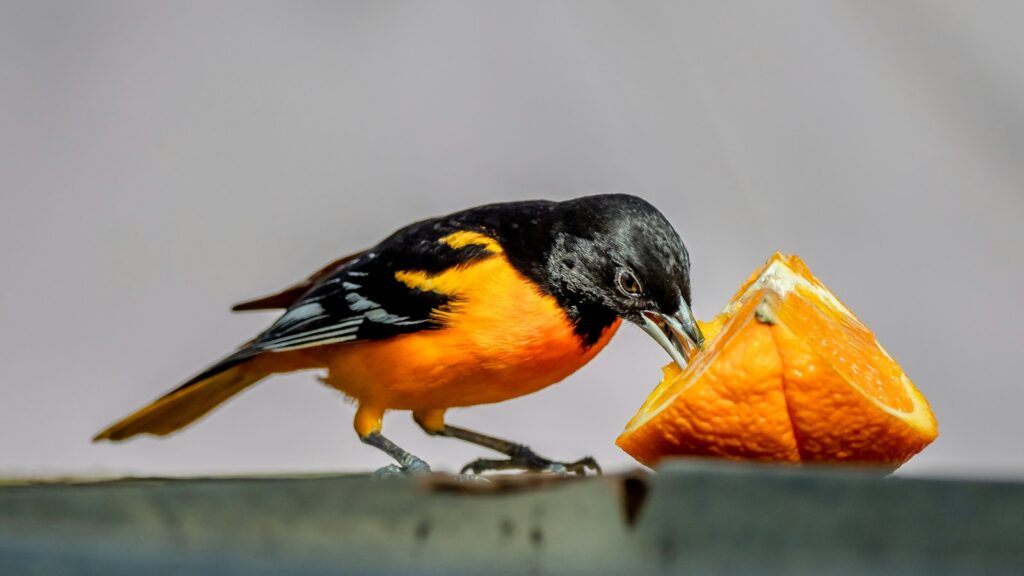
Attracting orioles to our backyards offers us glimpses into the fascinating lives of these vibrant migrants, but this privilege comes with responsibility. By understanding the nuanced needs of orioles and avoiding common harmful practices, we can create genuinely beneficial feeding stations that support their health throughout their breeding season. From offering appropriate food variety and maintaining impeccable cleanliness to timing our offerings with their migration patterns, these hidden factors make all the difference in oriole welfare. As we delight in the flashes of orange and black and the melodious songs that grace our gardens each spring, we can take satisfaction in knowing our efforts are truly helping these beloved birds rather than inadvertently causing harm. The most rewarding oriole feeding experience comes not just from attracting more birds, but from supporting their complete well-being through informed, responsible practices.
